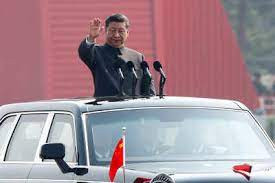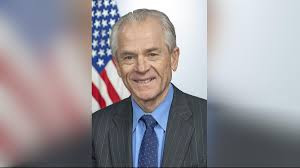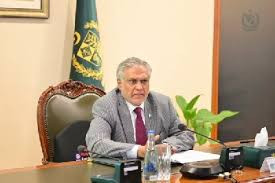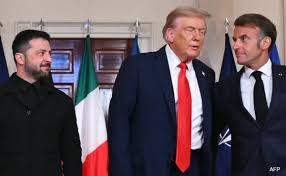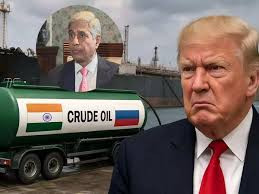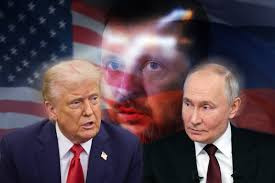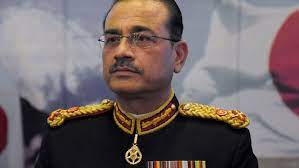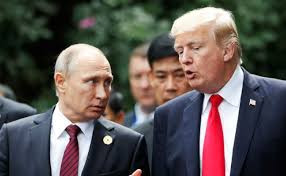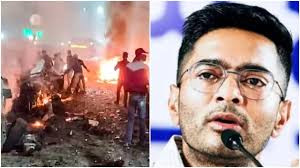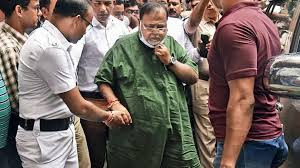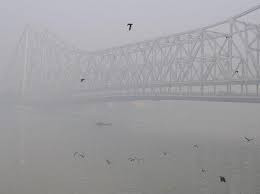Trump’s Call with Putin Yields No Ceasefire Progress as U.S. Clarifies Arms Aid to Ukraine
IIE DIGITAL DESK : President Donald Trump took a nearly hour‑long phone call with Russian President Vladimir Putin, pressing once again for a ceasefire in Ukraine. Trump later admitted the call produced “no progress at all” on ending the conflict, confirming that Putin remains firmly committed to Russia’s war objectives
Speaking to reporters before boarding Air Force One to Iowa, Trump described the wide-ranging conversation as “pretty long” and involving topics like Iran and the Ukraine war. Yet he conceded: “No, I didn’t make any progress with him today at all… I’m not happy.” .
The Kremlin, through aide Yury Ushakov, countered that although Putin rejected an immediate ceasefire, he expressed openness to political and diplomatic negotiations. Putin also emphasized that Russia will pursue its goals, including addressing what he described as the “root causes” of the war .
Trump tied the continued arms supply to Ukraine to America’s depleted munitions stockpile, stating, “we haven’t” fully stopped weapons delivery. He criticized former President Joe Biden, saying weapons had been sent in excess and that U.S. defenses now require replenishment.
This arrival of ambiguity follows a Pentagon announcement that shipments of some advanced air defense systems—including Patriot missiles—and precision munitions to Ukraine had been paused. Defense officials framed the delay as a “capability review” intended to address waning U.S. arsenals .
In Kyiv, the pause was met with alarm. Ukrainian officials scrambled for clarity on the extent of the hold-up, emphasizing that Patriot systems and other air-defense weaponry are vital amid Russia’s intensifying drone and missile offensive .
Amid this diplomatic turbulence, a Russian drone and missile assault battered Kyiv, setting fires across multiple districts and injuring at least 14 people. The attacks followed closely on the heels of the Trump–Putin call .
Meanwhile, Trump confirmed he would speak with Ukrainian President Zelenskyy on July 4 to discuss both the arms situation and potential ceasefire steps .
By evening’s end, the picture looked complex: Trump, eager to show diplomatic engagement, also defended prioritizing U.S. military readiness and downplayed any full cessation of support. Putin, conversely, maintained a hardline stance, while stating openness to negotiations—yet cautioning that a ceasefire cannot precede Russia’s war aims.
This episode highlights a troubling paradox: reduced weapons deliveries may weaken Ukrainian defences even as Russian military pressure grows, all while ceasefire efforts remain stalled. Washington faces bipartisan pressure amid concerns over global credibility and Ukraine’s continued vulnerability .
Trump’s July 3 call with Putin failed to produce a ceasefire or meaningful diplomatic shift. Both leaders remain entrenched: Trump defending a partial slowdown in arms shipments, citing U.S. preparedness; Putin reiterating Russia’s unyielding war aims. Kyiv is left in a precarious state, coping with aerial attacks and uncertain Western support, while attention turns to upcoming discussions with Zelenskyy.
You might also like!



